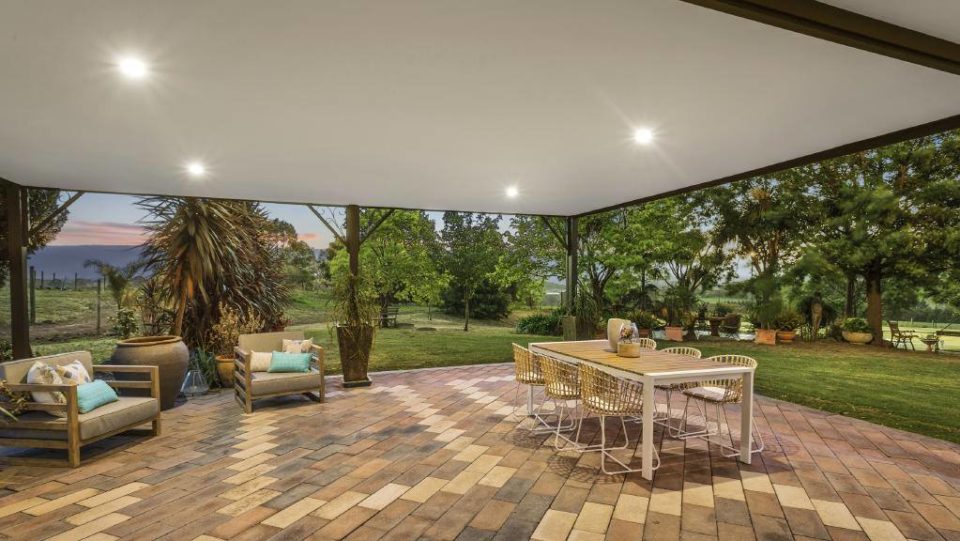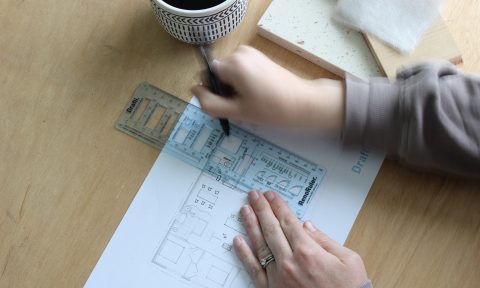Lighting is an important piece of the interior design puzzle, mostly because lighting functionality and design plays a very big role in how you experience a space. The number one thing to remember when it comes to lighting your home is balance. Under-lit spaces can evoke a dull and dark atmosphere, and can also be impractical when performing tasks such as cooking or reading – however in contrast, over-lit spaces can make your home feel sterile (a bit like a hospital), and can also be an unnecessary strain on the eyes.

Planning the perfectly lit home
The three types of Lighting
A successfully-designed room needs a mix of three basic types of lighting — ambient, task and accent. Each of these forms of lighting provides benefits for different functions, and if used together can create a beautifully lit space.
Ambient lighting provides a room or area with overall illumination, best known as your general/main source of lighting. Ambient lighting emits a comfortable level of brightness, which allows you to see and walk about safely. This can be provided through ceiling fixtures, chandeliers, and recessed or track lights. Dimmers are a great option, as they allow you to alter the brightness so the atmosphere is just right.
Task lighting helps you to perform specific tasks, free from distracting glare or shadows that may cause eye strain. For example, task lighting is most commonly used in kitchens for food preparation and cooking, or studies for reading and working. The light can be provided through recessed or track lighting, under-cabinet lighting, pendant lighting, or portable desk or floor lamps. Clipsal’s LED downlights are a smart option for kitchen and work spaces, as they are higher quality, have more choices in colour (warm white, cool white, daylight), and, most importantly, are economically friendly.

Accent lighting is used to highlight and create visual interest in a room, and is most commonly used to draw our eyes to particular objects, such as paintings, plants, and other decorative items. Wall lights, bulkheads and floodlights (ideal for outdoors) can also be used to accentuate colours and textures of architectural designs.
Planning is everything
As with all aspects of home renovation, planning is paramount and will ensure your lighting is the best it can be. Designing a lighting and electrical plan is an essential (though often overlooked) step in the renovation process, as the lighting options you choose, along with their placement, can significantly impact the look and feel of your home. Make sure you engage your electrician early in the process for a Clipspec consultation, to map out exactly what’s needed and where. There is a huge difference between good, and great lighting, and taking that extra time to select the right electrical fixtures for your home is worth the effort.
Written by Bec Sparky, qualified electrician and Clipsal ambassador









